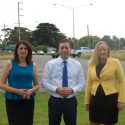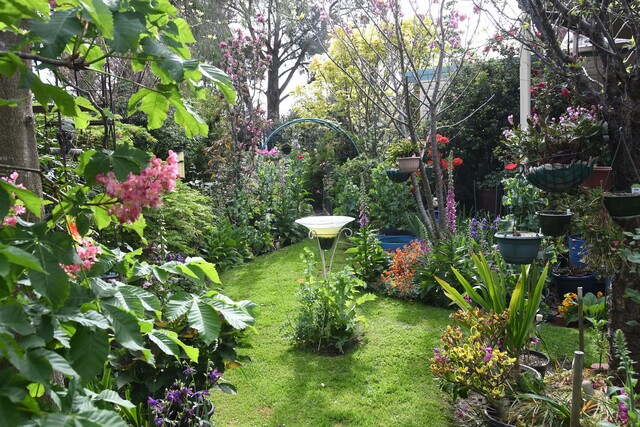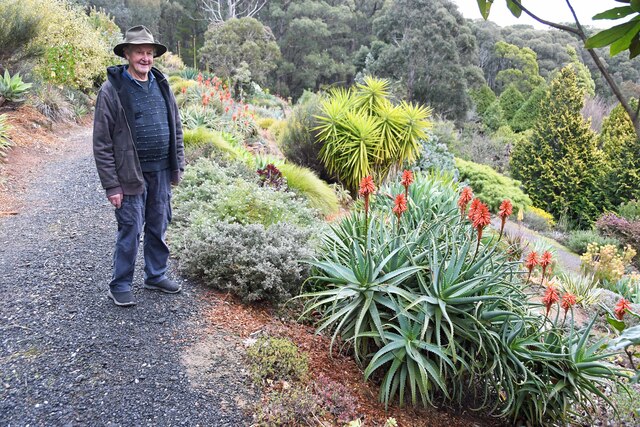By Brendan Rees
A major arterial road in Lyndhurst has been ranked as one of Victoria’s top ten most congested roads, a survey has revealed.
Thompsons Road was pinpointed in RACV’s biennial Redspot survey where a roundabout between Taylors Road and Dandenong-Hastings Highway was a source of long delays.
Average speeds slowed down from 76km/h to 30km/h during peak times, the survey revealed.
Minister for Roads and Road Safety Luke Donnellan said the State Government was duplicating Thompsons Road and improving important intersections along “this key corridor to slash travel times, reduce congestion and improve journeys for 30,000 drivers who use this road each day.”
“Due for completion in 2019, the current upgrade works underway on Thompsons Road will see the replacement of the Westernport Highway roundabout with traffic lights and the completion of duplication works between Frankston-Dandenong Road and Berwick-Cranbourne Road,” he said.
“As part of the $4 billion Suburban Roads Upgrade, further improvement works include the upgrade of intersections at Frankston-Dandenong Road and Narre Warren-Cranbourne Road to replace these roundabouts with traffic light intersections.”
Shadow Minister for Road and Infrastructure David Hodgett said intersections at Hall Road and Western Port Highway in Cranbourne West, and Thompsons Road and Western Port Highway in Lyndhurst would be removed if the Liberals win the 2018 State Election.
Under the Liberals traffic Light Removal policy, Mr Hodgett said underpasses would be built at the intersections of Hall Road and Western Port Highway in Cranbourne West, and Thompsons Road and Western Port Highway in Lyndhurst.
“Under an elected Liberal Nationals Government, the existence of this notorious intersection and source of major driver frustration will be a thing of the past, with traffic flow along Thompsons Road and overall journey times to be dramatically improved,” he said.
“While the Liberal Nationals are focused on reducing travel times for Melbourne motorists by removing red light intersections, Daniel Andrews’ insistence on adding more of them to our network demonstrates he continues to have his head in the sand when it comes to dealing with our city’s congestion crisis,” Mr Hodgett said.
RACV used 14 million separate pieces of data fed constantly from sensors fitted to vehicles to identity the most congested roads.
RACV Mobility Advocacy Manager, Dave Jones, said the innovative software analyses the information to create an unprecedented view of Melbourne’s traffic.
“Our analysis highlights the 10 most congested roads but we are keen to hear from commuters to tell us which of these frustrate them the most,” he said.







